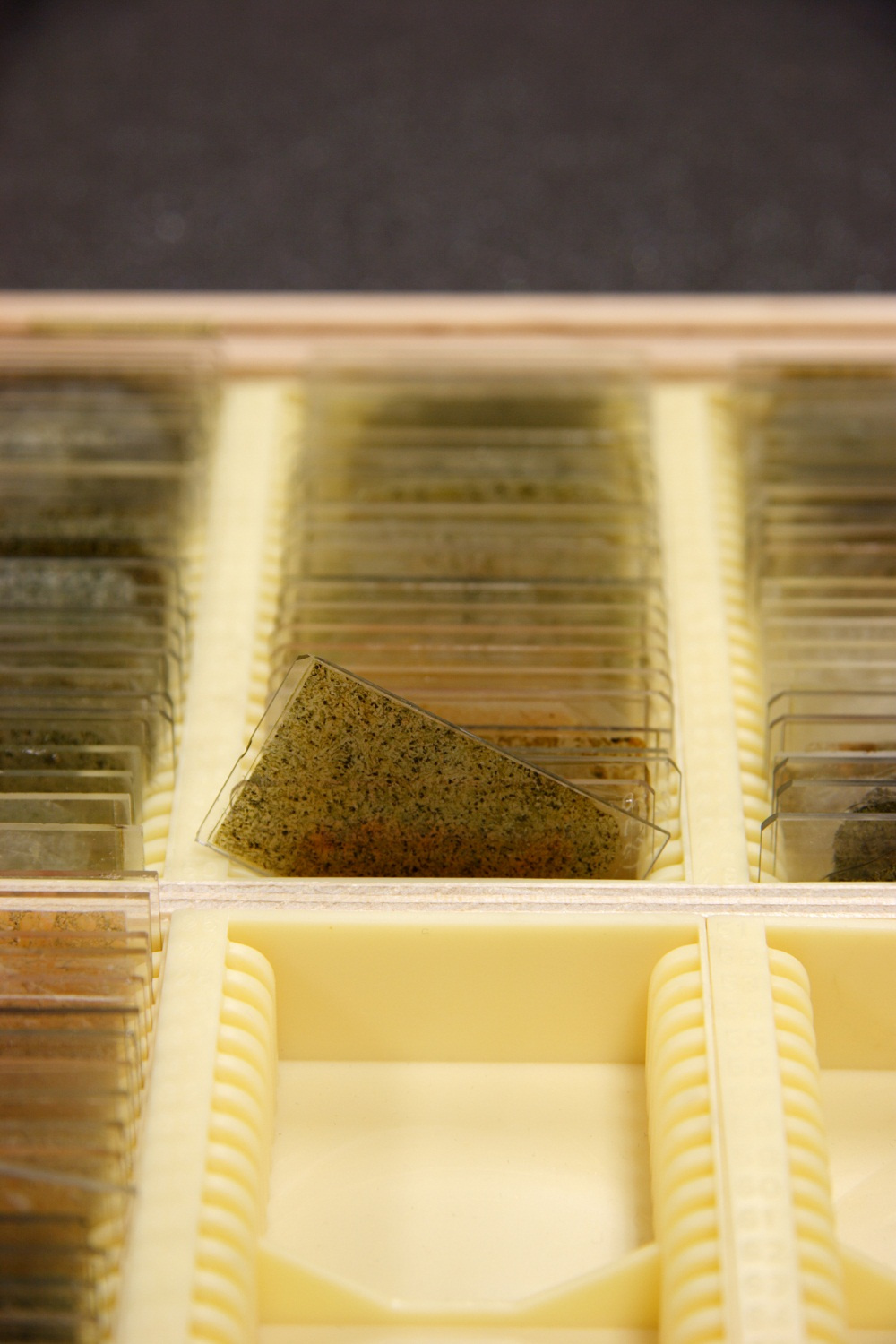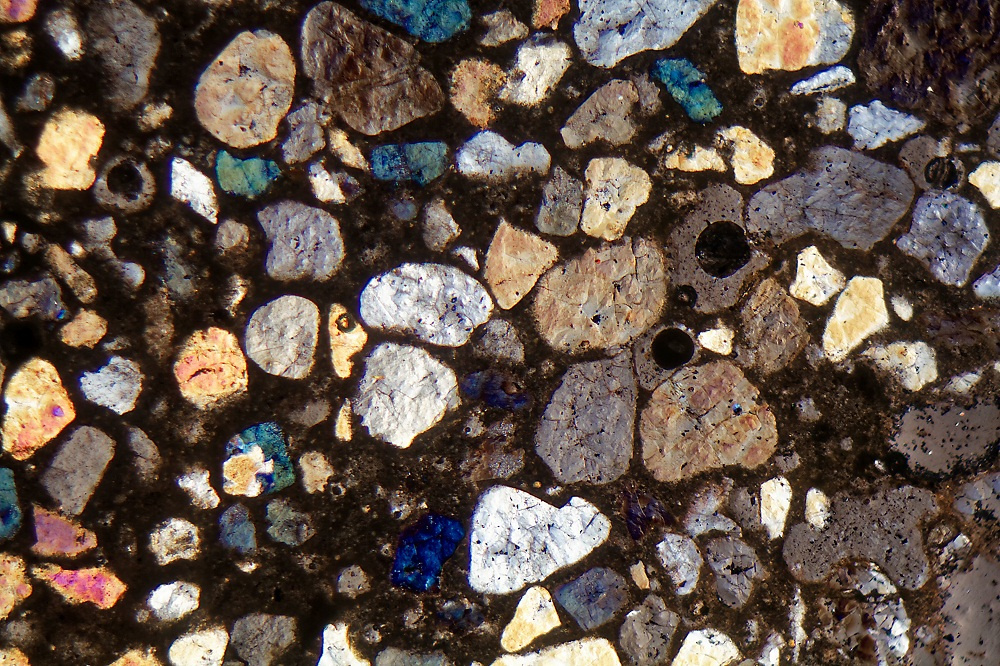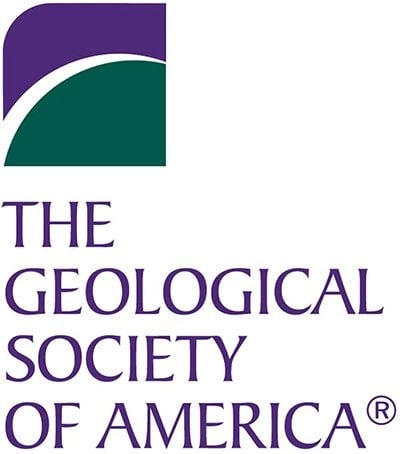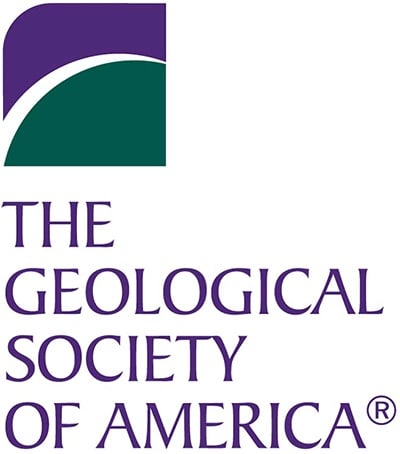A Brief Introduction on Thin Section Preparation

A thin section or petrographic thin section is a type of laboratory preparation commonly used in geology, minerology, or petrography. Typically, a thin section is used to analyze a sample of rock, mineral, pottery, soil, bone, or even a piece of metal. A thin section is very beneficial when analyzing or assessing reservoirs. Both compositional analysis and textural analysis are possible using a thin section.
Preparation
Preparing a thin section is a careful and exacting process. A thin sliver of rock or other sample material is cut using a diamond saw. This small piece of material is then ground until it's optically flat using progressively finer abrasive grit. This means that light actually passes through the sliver of material. The standard thickness for a thin section is 30 microns. Quartz is often used as a reference material to ensure the sample material is at the appropriate thickness. Quartz is both abundant and its optical properties are well-known, making it an excellent reference source.
Once the thickness is at 30 microns, it needs to be prepared to use under a microscope. A layer of epoxy is placed above and below the rock, and cover slip is put above the top layer of epoxy. This is then placed on top of the glass side itself. This gives you a sample of rock or other material that's ready for analysis.
All minerals have different optical properties. This means that practically any rock-forming mineral can be identified by a thin section using two polarizing filters and a polarizing microscope. In some cases, a thin section may be polished for analysis. One way of doing this is by using oils and non-water diamonds polish. This non-water process is used for samples with clay. The other option is water-diamonds fluid. This is acceptable if no clay is present.
Analysis
Petrographic analysis of rock during the productive period of an oil or gas filed is highly valuable. This is one of the most common uses for a thin section. It provides unique information, especially in regards to the quality of the reservoir, reservoir homogeneity, and even the potential for formation damage. The integrity of a reservoir is always something worth considering.
Compositional analysis is a type of modal analysis. This involves the identification of rock constituents at a various number of locations or points within a thin section. Generally, this number needs to be at least 300 in order for the quality of the analysis to be considered sufficient. This can be a tedious and time-consuming process, but computer-based image analysis of petrographic images has increased the speed at which this analysis can be performed. The use of this technology is becoming more common. It provides a more rapid method for estimating the compositional properties of rock samples.
 Textural analysis is another option, although this is most often used for sandstone. This is a qualitative analysis, which relies on standard images to describe the size, sphericity, roundness, and sorting of particles. Usually at least 100 grains are measured and analyzed per thin section. A transmitted light microscope allows grain size to be measured.
Textural analysis is another option, although this is most often used for sandstone. This is a qualitative analysis, which relies on standard images to describe the size, sphericity, roundness, and sorting of particles. Usually at least 100 grains are measured and analyzed per thin section. A transmitted light microscope allows grain size to be measured.
Benefits
A petrographic thin section is helpful for analysis of reservoirs, but petrographic techniques are useful throughout research and analysis in minerology. Whether for academic or commercial work, it provides invaluable insight and details into mineral compositions and rock formations.
A thin section may sound like a relatively simple resource, but the information provided is immensely beneficial. Contact National Petrographic at 713-661-1884 to learn more.







